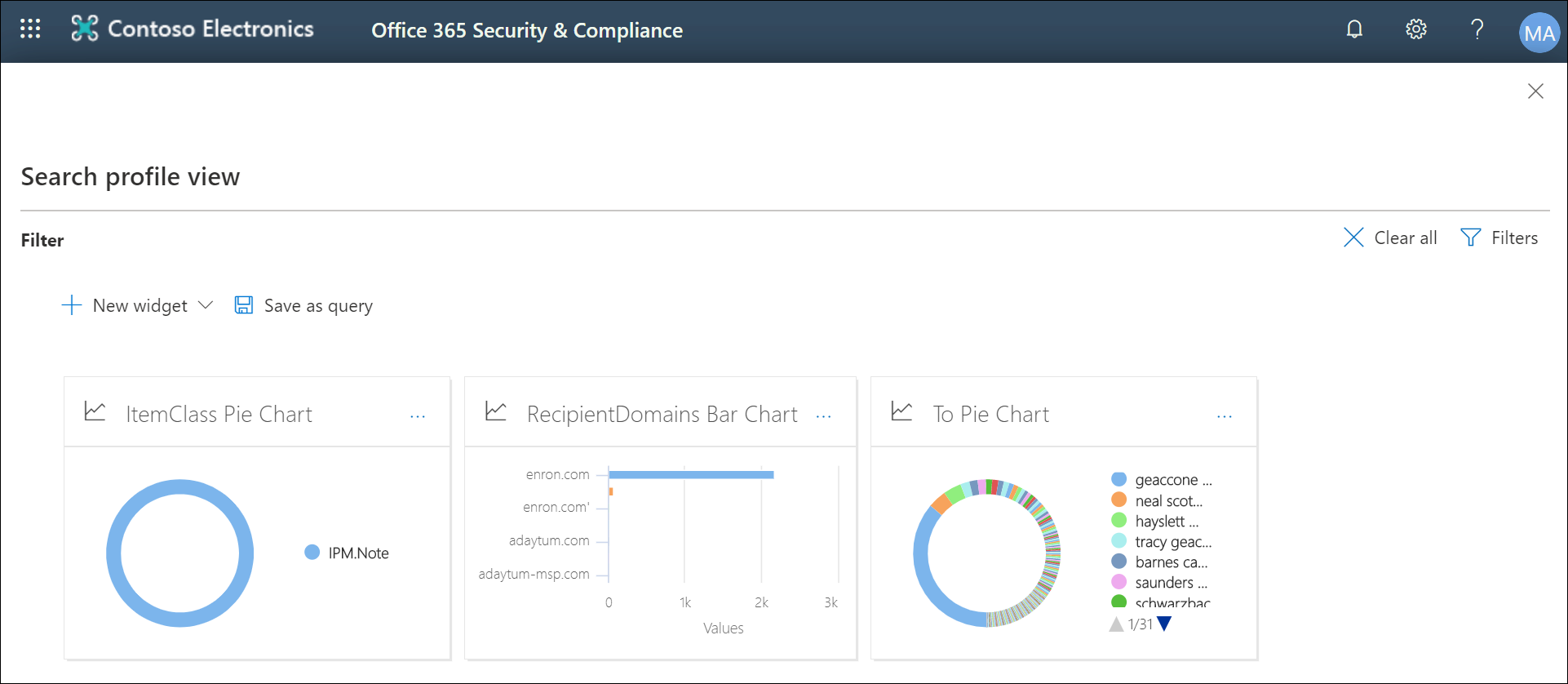
Microsoft Purview: Complete Buyer's Guide
Enterprise-grade data governance platform with specialized AI capabilities
Microsoft Purview is an enterprise-grade data governance platform with specialized AI capabilities, positioning itself as the unified solution for organizations managing complex data estates while securing AI-generated content. The platform combines comprehensive data mapping with AI-specific protections, differentiating through deep Microsoft ecosystem integration and real-time data classification for AI applications[43][53].
Market Position & Maturity
Market Standing
Microsoft Purview occupies a strong enterprise market position within the data governance space, leveraging Microsoft's substantial enterprise customer base and Azure ecosystem investments[43][53].
Company Maturity
Company maturity indicators demonstrate Microsoft's commitment to the governance market through sustained platform development and enterprise customer success stories like Grupo Bimbo's global deployment[55].
Growth Trajectory
Growth trajectory aligns with Microsoft's broader Azure and AI strategy, though specific revenue or customer growth metrics for Purview remain limited in public documentation.
Industry Recognition
Market recognition comes primarily through Microsoft's established enterprise relationships rather than third-party analyst recognition specific to Purview.
Strategic Partnerships
Strategic partnerships center on Microsoft's partner ecosystem, with implementation support available through Microsoft partners and system integrators.
Longevity Assessment
Longevity assessment benefits from Microsoft's enterprise market position and continued AI investment, providing strong confidence in platform continuity.
Proof of Capabilities
Customer Evidence
Enterprise Customer Validation is demonstrated through Grupo Bimbo's successful global implementation, where the 145,000-employee organization deployed Purview to 35,000 associates across 18 months[55].
Quantified Outcomes
Quantified operational outcomes include 50% faster data discovery and reduced analyst onboarding time according to partner implementations[23][38].
Case Study Analysis
Implementation success metrics show organizations achieving initial AI usage insights within 24 hours of activation, with full policy enforcement capabilities available within 4–10 week MVP deployments[48][52].
Market Validation
Market validation comes through Microsoft's established enterprise customer base, with customer profiles predominantly including enterprise-level organizations and healthcare institutions requiring HIPAA-compliant governance[55].
Competitive Wins
Competitive positioning evidence includes automated catalog metadata generation capabilities that address dynamic pricing and stock changes, as demonstrated in real customer implementations[48][55].
Reference Customers
Reference customer diversity spans global enterprises like Grupo Bimbo and healthcare organizations requiring strict compliance, demonstrating the platform's ability to handle complex regulatory requirements and multi-jurisdictional deployments[55].
AI Technology
Microsoft Purview's technical foundation centers on its Data Security Posture Management (DSPM) for AI capabilities, offering real-time data classification and policy violation monitoring specifically designed for AI-generated content[44][46].
Architecture
The platform's architecture leverages unified governance across Azure, Fabric, and Microsoft 365 ecosystems[43][53], creating a single control plane for data governance.
Primary Competitors
Primary Competitors include Collibra and Alation as established data governance platforms, though these alternatives lack Purview's specialized AI governance capabilities[31][35].
Competitive Advantages
Competitive Advantages center on Microsoft ecosystem integration, creating unified governance across Azure, Fabric, and Microsoft 365 environments[43][53].
Market Positioning
Market Positioning emphasizes enterprise-scale governance for Microsoft-centric environments rather than vendor-agnostic approaches.
Win/Loss Scenarios
Win/Loss Scenarios favor Purview when existing Microsoft investments create natural integration opportunities and enterprise-scale governance requirements justify implementation complexity.
Key Features

Pros & Cons
Use Cases
Integrations
Pricing
Featured In Articles
Comprehensive analysis of AI Catalog Design Tools for AI Design for AI Design professionals. Expert evaluation of features, pricing, and implementation.
How We Researched This Guide
About This Guide: This comprehensive analysis is based on extensive competitive intelligence and real-world implementation data from leading AI vendors. StayModern updates this guide quarterly to reflect market developments and vendor performance changes.
57+ verified sources per analysis including official documentation, customer reviews, analyst reports, and industry publications.
- • Vendor documentation & whitepapers
- • Customer testimonials & case studies
- • Third-party analyst assessments
- • Industry benchmarking reports
Standardized assessment framework across 8 key dimensions for objective comparison.
- • Technology capabilities & architecture
- • Market position & customer evidence
- • Implementation experience & support
- • Pricing value & competitive position
Research is refreshed every 90 days to capture market changes and new vendor capabilities.
- • New product releases & features
- • Market positioning changes
- • Customer feedback integration
- • Competitive landscape shifts
Every claim is source-linked with direct citations to original materials for verification.
- • Clickable citation links
- • Original source attribution
- • Date stamps for currency
- • Quality score validation
Analysis follows systematic research protocols with consistent evaluation frameworks.
- • Standardized assessment criteria
- • Multi-source verification process
- • Consistent evaluation methodology
- • Quality assurance protocols
Buyer-focused analysis with transparent methodology and factual accuracy commitment.
- • Objective comparative analysis
- • Transparent research methodology
- • Factual accuracy commitment
- • Continuous quality improvement
Quality Commitment: If you find any inaccuracies in our analysis on this page, please contact us at research@staymodern.ai. We're committed to maintaining the highest standards of research integrity and will investigate and correct any issues promptly.